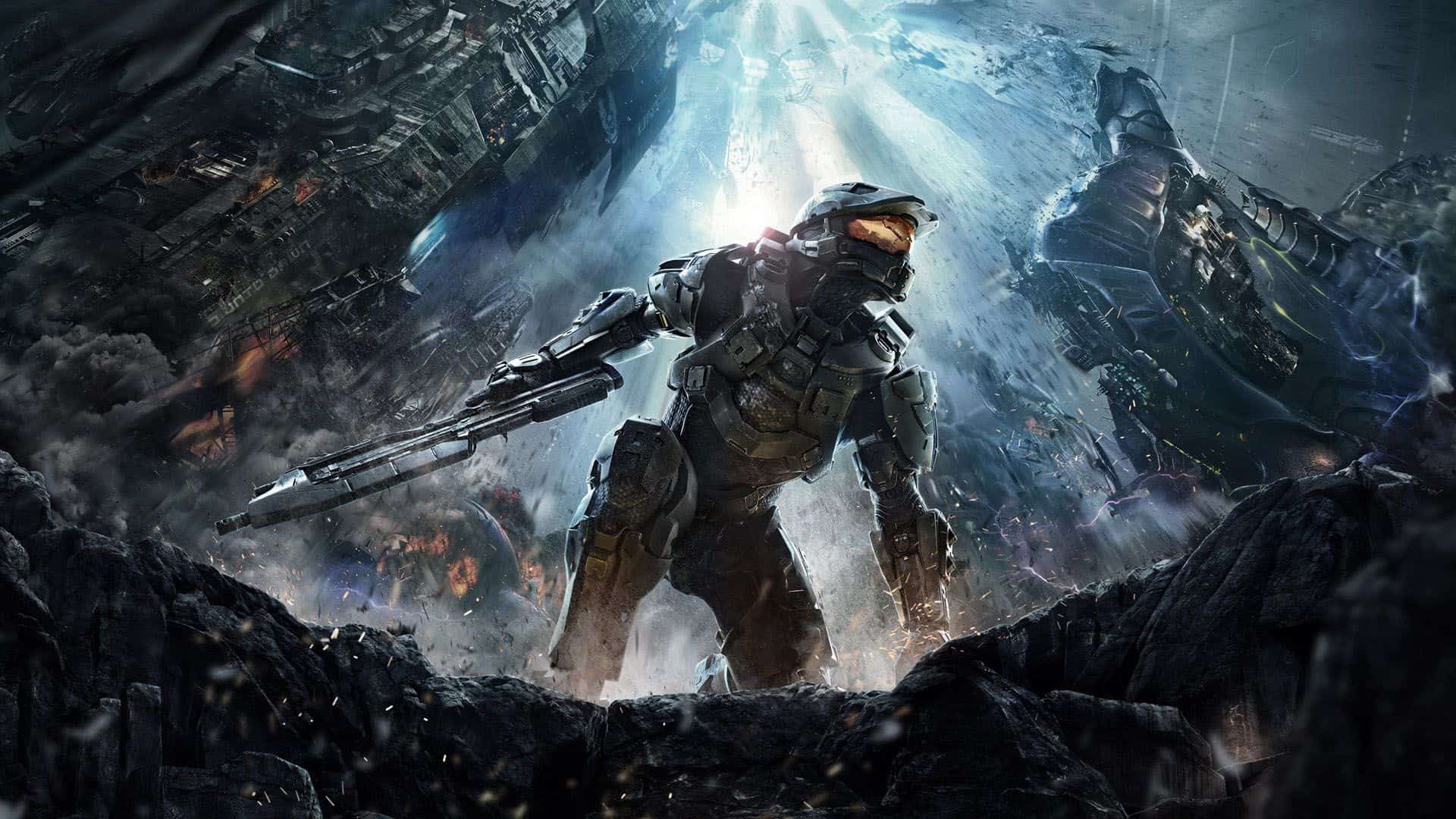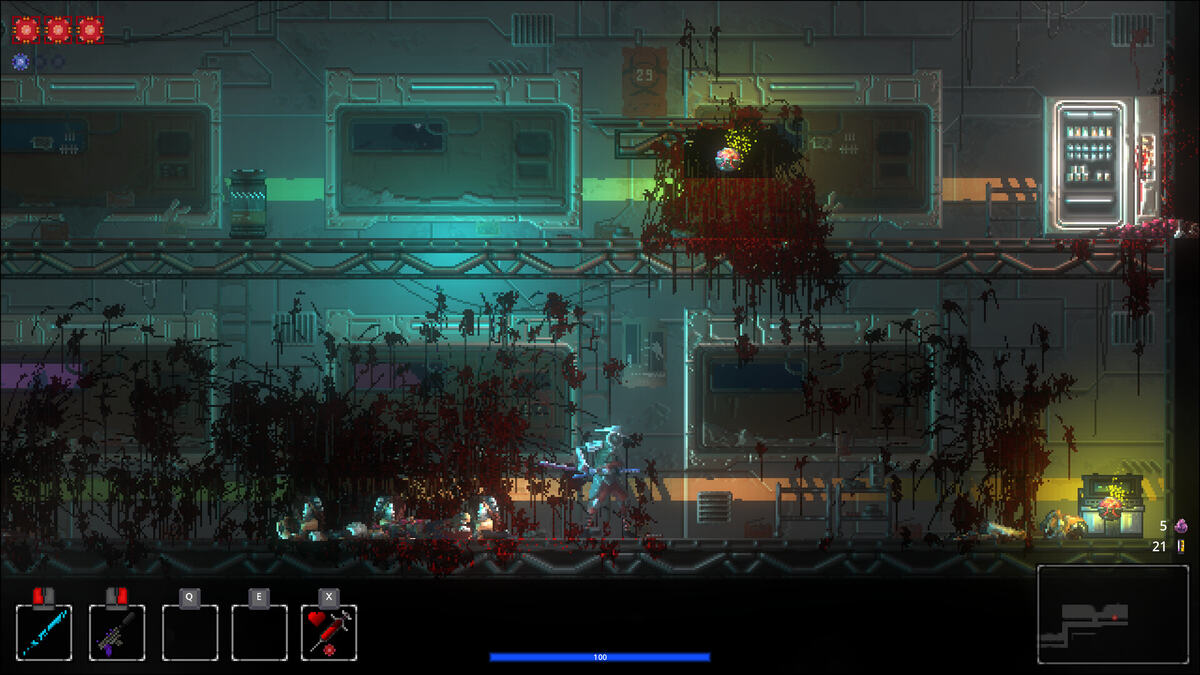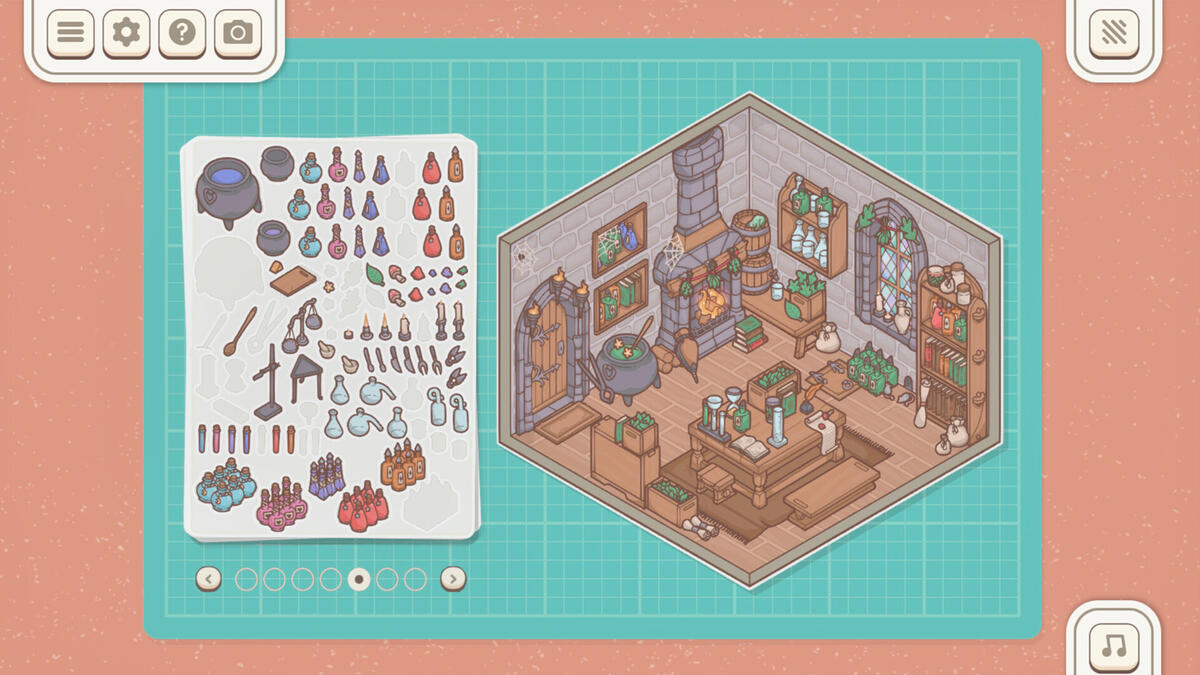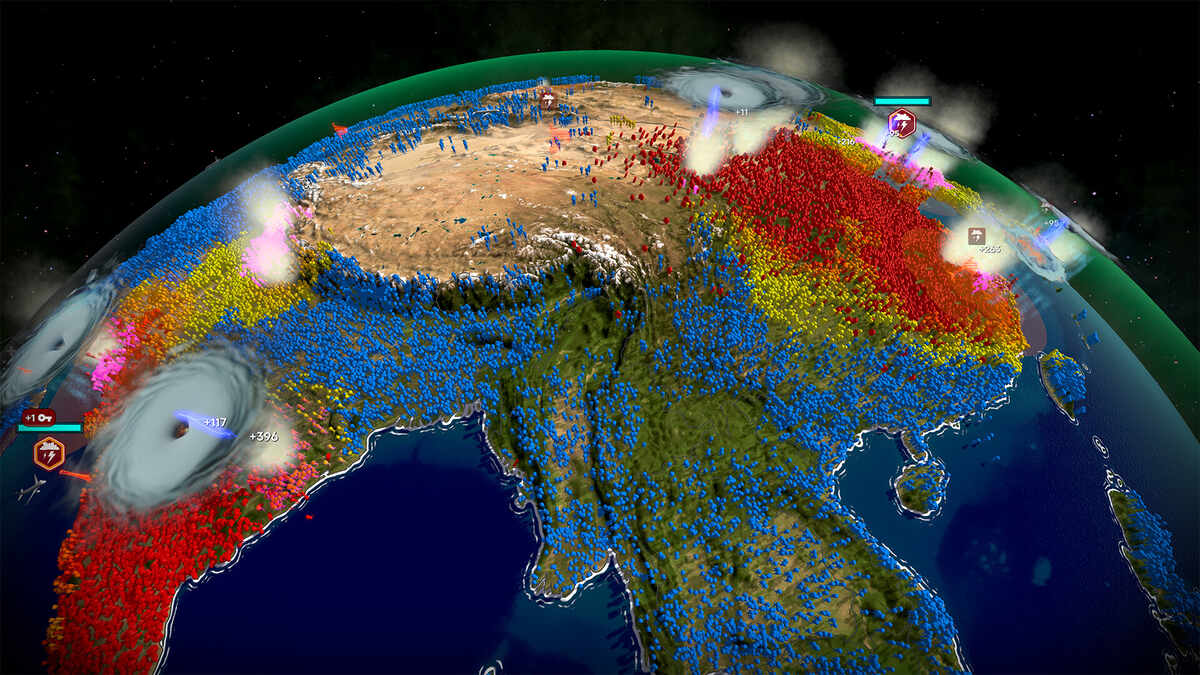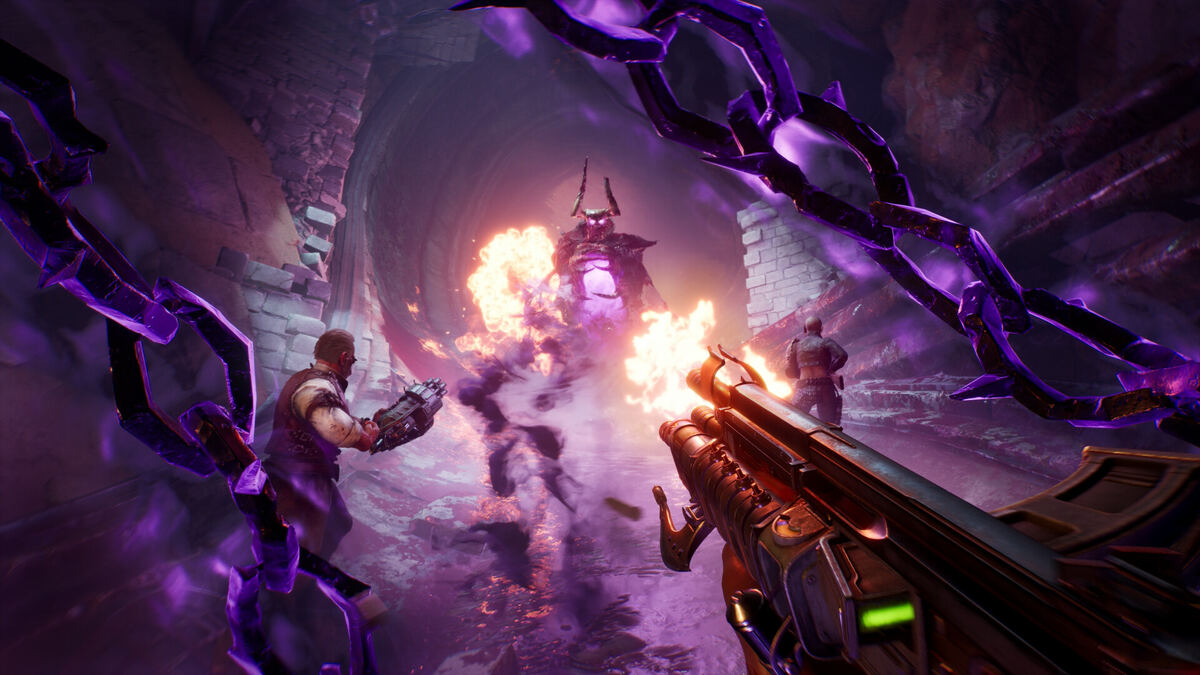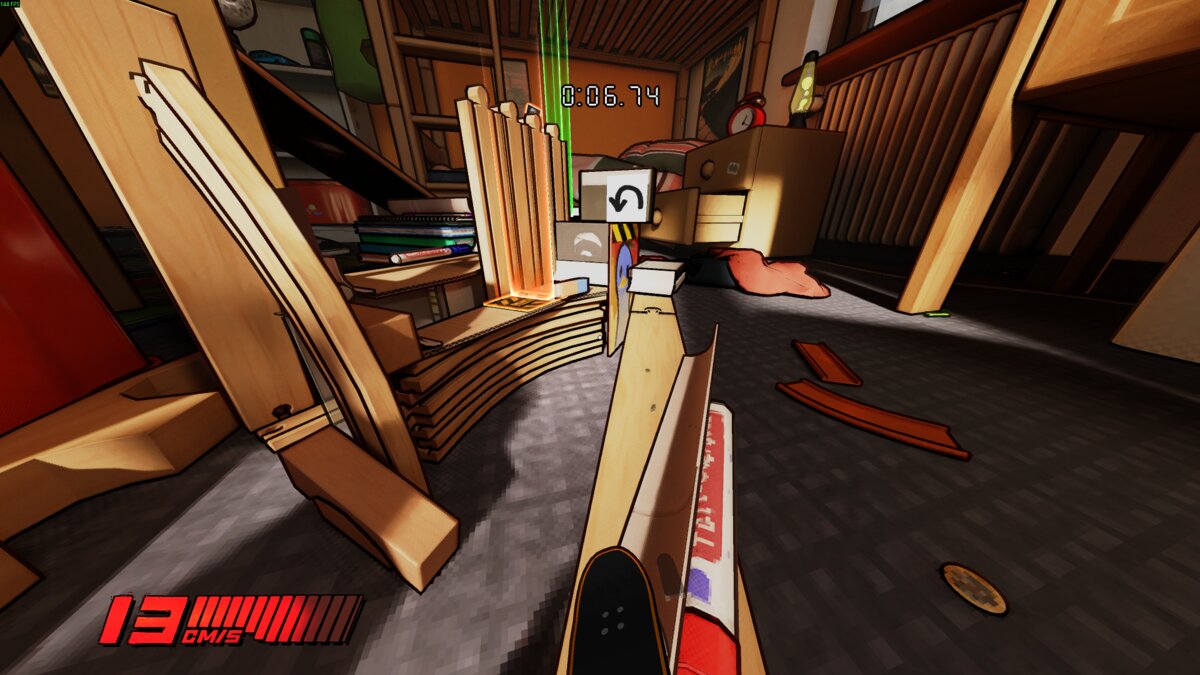You can trust VideoGamer. Our team of gaming experts spend hours testing and reviewing the latest games, to ensure you're reading the most comprehensive guide possible. Rest assured, all imagery and advice is unique and original. Check out how we test and review games here
They’ve got the Forerunner architecture right, which is a start. 343 Industries, now stewarding the series after inheriting it from Bungie, has a lot to prove – it’s got to make the next entry in one of the most celebrated gaming franchises of all time, for a start.
A behind-closed-doors session at Microsoft’s Spring Showcase last week saw the studio giving away the barest minimum amount of information that could possibly pass as an announcement. The studio seems reserved, perhaps understandably so, and is determined to hold its cards as close to its chest for as long as possible. No doubt agonising for fans desperate for information about the future of Halo, but understandable perhaps for a team of people still very much existing in the shadow of the series’ former developer.
At least nobody can accuse this plucky young upstart of lacking ambition, and if there’s one thing 343 Industries has emphasised time and time again it’s a desire to reinvent the series. “In some ways you can think of Halo 4 as a reboot,” says creative director Josh Holmes at the event, “but it’s different than reboots you might think of in, say, the Hollywood film world, where you’ve got film franchises like Star Trek, Batman or Bond.” How, exactly? “The difference here is that we’re not resetting the story, we’re not resetting the state of the universe. This is very deliberately the continuation of events started in Halo 1, 2 and 3 – this picks up exactly where Halo 3 left off. So for us it’s really important that we have the fictional connective tissue and we have the consistency with all the established canon that’s gone into the series to date. And, of course, at the centre of this story is this iconic hero in Master Chief.”
But Master Chief is nowhere to be seen today; he’s being kept far, far away for an announcement in the future. With a tentative focus on multiplayer, the team revealed two of its multiplayer maps – Warhouse and Wraparound – alongside the revelation that Halo 3’s beloved Battle Rifle will be returning for the fourth game.
The latter map, Wraparound, brings me back to that cold Forerunner architecture. The new graphics engine shows the traditional angular bleakness of their worlds, with minimalistic glass plates and rigid lines illuminated by the soft haze of the map’s artificial light. It is a far more successful attempt to capture the spirit of the Forerunners than the messy and unnecessary detailing of last year’s Halo: Anniversary, and to see it in motion (albeit briefly) suggests a team that fundamentally understands the spirit of the series they’ve inherited.
The other map, Warhouse, takes place in the traditional trappings of a civilian mining colony. This one is located near a gas giant, meaning you’ve got a gorgeous looking sky framing the carnage, and the map is designed – with man cannons, cat walks and corridors – to revolve around the centrepiece of a massive Cyclops MK II cannon.
But the most significant revelation was that Halo 4’s multiplayer would feature a progression system familiar to anyone who’s played an FPS online in the past five years. “What we wanted to do with multiplayer is really redefine what Halo multiplayer is,” says Holmes. “In doing that, we wanted to create something that is definitely Halo at its core. Something that you recognise as having that classic Halo feel, but has evolved in important and innovative ways. What we’ve tried to do is create a combat that is much faster paced, more intense and visceral, than anything you’ve experienced before in a Halo game.”
Then there’s the breadcrumb trail of unlocks and upgrades that audiences have come to expect in their multiplayer shooters. “You as the player have the ability to customise all aspects of your SPARTAN warrior,” says Holmes. “That means cosmetically you can change what your character looks like, but for the first time in a Halo game you can actually change gameplay-impacting components of your customisation package. This allows you to customise loadouts and gives you gameplay enhancements that you can unlock through our progression system.”
If your first thought is to think of Call of Duty’s progression system then you’d probably be right, and that’s only further established when you see the multiplayer in action, now with things like HEADSHOT KILL and MELEE KILL popping up in the middle of the screen. Look past the on-screen text and you can also see a wealth of new character animations, including death poses. Will this be the first Halo that doesn’t feature the series’ iconically comical death sequences?
The devil is in the details, however, and unfortunately the details are something 343 Industries isn’t looking to divulge just yet. What’s clear is that this is already the most ambitious attempt at redefining Halo’s multiplayer since Halo 2 shipped with Xbox LIVE support. Whether it manages to reclaim the success of the second game in a genre with unrelenting competition is another question entirely, but 343 Industries is promising a radical reinvention of the core multiplayer format – including a narrative justification for why everyone is fighting each other to begin with.
Almost a year after being announced and Halo 4 is still trading on trust and commitment, and over the next couple of months it’s likely they’ll make a few grander reveals about Master Chief’s next adventure. What’s clear now, however, is that 343 Industries is determined to attempt something new.

/https://oimg.videogamer.com/images/0065/halo_4_7.jpg)
